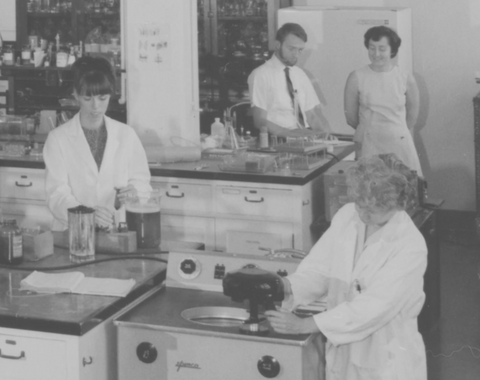Carnegie Science History

A Legacy of Excellence
For more than a century, Carnegie Science has empowered visionary investigators to demonstrate intellectual courage, challenge conventional ideas, and transform the world.
Our organization was established by industrialist and pioneering philanthropist Andrew Carnegie to devote significant resources to exceptional individuals, enabling them to explore the most intriguing scientific questions of the day in an atmosphere of complete freedom and fostering the application of this knowledge to the improvement of humankind.